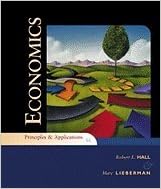
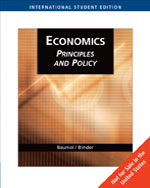
Test Bank For Economics Principles and Policy 12th Edition By William J. Baumol
$25.00
Edition: 12th Edition
Format: Downloadable ZIP Fille
Resource Type: Test bank
Duration: Unlimited downloads
Delivery: Instant Download
Test Bank For Economics Principles and Policy 12th Edition By William J. Baumol
Test Bank For Economics Principles and Policy 12th Edition By William J. Baumol
Economics Principles and Policy 12th Edition By William J. Baumol – Test bank
Economics Principles and Policy 12th Edition By William J. Baumol
Economics Principles and Policy 12th Edition
Economics Principles and Policy
Part 1: Getting Acquainted with Economics
Ch 1: What Is Economics?
Ch 1: Contents
Ch 1: Introduction
1-1: Ideas for Beyond the Final Exam
1-2: Inside the Economist’s Tool Kit
Ch 1: Summary
Ch 1: Key Terms
Ch 1: Discussion Questions
Appendix: Using Graphs: A Review
Ch 2: The Economy: Myth and Reality
Ch 2: Contents
Ch 2: Introduction
2-1: The American Economy: A Thumbnail Sketch
2-2: The Inputs: Labor and Capital
2-3: The Outputs: What Does America Produce?
2-4: The Central Role of Business Firms
2-5: What’s Missing from the Picture? Government
2-6: Conclusion: It’s a Mixed Economy
Ch 2: Summary
Ch 2: Key Terms
Ch 2: Discussion Questions
Ch 3: The Fundamental Economic Problem: Scarcity and Choice
Ch 3: Contents
Ch 3: Introduction
3-1: Scarcity, Choice, and Opportunity Cost
3-2: Scarcity and Choice for a Single Firm
3-3: Scarcity and Choice for the Entire Society
3-4: The Concept of Efficiency
3-5: The Three Coordination Tasks of Any Economy
3-6: Task 1. How the Market Fosters Efficient Resource Allocation
3-7: Task 2. Market Exchange and Deciding How Much of Each Good to Produce
3-8: Task 3. How to Distribute the Economy’s Outputs Among Consumers
Ch 3: Summary
Ch 3: Key Terms
Ch 3: Test Yourself
Ch 3: Discussion Questions
Ch 4: Supply and Demand: An Initial Look
Ch 4: Contents
Ch 4: Introduction
4-1: The Invisible Hand
4-2: Demand and Quantity Demanded
4-3: Supply and Quantity Supplied
4-4: Supply and Demand Equilibrium
4-5: Effects of Demand Shifts on Supply-Demand Equilibrium
4-6: Supply Shifts and Supply-Demand Equilibrium
4-7: Battling the Invisible Hand: The Market Fights Back
4-8: A Simple but Powerful Lesson
Ch 4: Summary
Ch 4: Key Terms
Ch 4: Test Yourself
Ch 4: Discussion Questions
Part 2: The Building Blocks of Demand and Supply
Ch 5: Consumer Choice: Individual and Market Demand
Ch 5: Contents
Ch 5: Introduction
5-1: Scarcity and Demand
5-2: Utility: A Tool to Analyze Purchase Decisions
5-3: Behavioral Economics: Are Economic Decisions Really Made “Rationally”?
5-4: Consumer Choice as a Trade-Off: Opportunity Cost
5-5: From Individual Demand Curves to Market Demand Curves
Ch 5: Summary
Ch 5: Key Terms
Ch 5: Test Yourself
Ch 5: Discussion Questions
Appendix: Analyzing Consumer Choice Graphically: Indifference Curve Analysis
Ch 6: Demand and Elasticity
Ch 6: Contents
Ch 6: Introduction
6-1: Elasticity: The Measure of Responsiveness
6-2: Price Elasticity of Demand: Its Effect on Total Revenue and Total Expenditure
6-3: What Determines Demand Elasticity?
6-4: Elasticity as a General Concept
6-5: The Time Period of the Demand Curve and Economic Decision Making
6-6: Real-World Application: Polaroid Versus Kodak
6-7: In Conclusion
Ch 6: Summary
Ch 6: Key Terms
Ch 6: Test Yourself
Ch 6: Discussion Questions
Appendix: How Can We Find a Legitimate Demand Curve from Historical Statistics?
Ch 7: Production, Inputs, and Cost: Building Blocks for Supply Analysis
Ch 7: Contents
Ch 7: Introduction
7-1: Short-Run versus Long-Run Costs: What Makes an Input Variable?
7-2: Production, Input Choice, and Cost with One Variable Input
7-3: Multiple Input Decisions: The Choice of Optimal Input Combinations
7-4: Cost and Its Dependence on Output
7-5: Economies of Scale
Ch 7: Summary
Ch 7: Key Terms
Ch 7: Test Yourself
Ch 7: Discussion Question
Appendix: Production Indifference Curves
Ch 8: Output, Price, and Profit: The Importance of Marginal Analysis
Ch 8: Contents
Ch 8: Introduction
8-1: Price and Quantity: One Decision, Not Two
8-2: Total Profit: Keep Your Eye on the Goal
8-3: Economic Profit and Optimal Decision Making
8-4: Marginal Analysis and Maximization of Total Profit
8-5: Generalization: The Logic of Marginal Analysis and Maximization
8-6: Conclusion: The Fundamental Role of Marginal Analysis
8-7: The Theory and Reality: A Word of Caution
Ch 8: Summary
Ch 8: Key Terms
Ch 8: Test Yourself
Ch 8: Discussion Question
Appendix: The Relationships among Total, Average, and Marginal Data
Ch 9: Securities, Business Finance, and the Economy: The Tail That Wags the Dog?
Ch 9: Contents
Ch 9: Introduction
9-1: Corporations and Their Unique Characteristics
9-2: Stock Exchanges and Their Functions
9-3: Speculation
9-4: Betting on Securities: Risks to the Entire Economy
Ch 9: Summary
Ch 9: Key Terms
Ch 9: Test Yourself
Ch 9: Discussion Questions
Appendix: Buying Stocks and Bonds
Part 3: Markets and the Price System
Ch 10: The Firm and the Industry Under Perfect Competition
Ch 10: Contents
Ch 10: Introduction
10-1: Perfect Competition Defined
10-2: The Perfectly Competitive Firm
10-3: The Perfectly Competitive Industry
10-4: Perfect Competition and Economic Efficiency
Ch 10: Summary
Ch 10: Key Terms
Ch 10: Test Yourself
Ch 10: Discussion Questions
Ch 11: Monopoly
Ch 11: Contents
Ch 11: Introduction
11-1: Monopoly Defined
11-2: The Monopolist’s Supply Decision
11-3: Can Anything Good Be Said About Monopoly?
11-4: Price Discrimination Under Monopoly
Ch 11: Summary
Ch 11: Key Terms
Ch 11: Test Yourself
Ch 11: Discussion Questions
Ch 12: Between Competition and Monopoly
Ch 12: Contents
Ch 12: Introduction
12-1: Monopolistic Competition
12-2: Oligopoly
12-3: Monopolistic Competition, Oligopoly, and Public Welfare
12-4: A Glance Backward: Comparing the Four Market Forms
Ch 12: Summary
Ch 12: Key Terms
Ch 12: Test Yourself
Ch 12: Discussion Questions
Ch 13: Limiting Market Power: Regulation and Antitrust
Ch 13: Contents
Ch 13: Introduction
13-1: The Public Interest Issue: Monopoly Power versus Mere Size
13-2: Antitrust Laws and Policies
13-3: Measuring Market Power: Concentration
13-4: A Crucial Problem for Antitrust: The Resemblance of Monopolization and Vigorous Competition
13-5: Anticompetitive Practices and Antitrust
13-6: Use of Antitrust Laws to Prevent Competition
13-7: What Is Regulation?
13-8: Some Objectives of Regulation
13-9: Two Key Issues That Face Regulators
13-10: The Pros and Cons of “Bigness”
13-11: Deregulation
13-12: Concluding Observations
Ch 13: Summary
Ch 13: Key Terms
Ch 13: Discussion Questions
Part 4: The Virtues and Limitations of Markets
Ch 14: The Case for Free Markets: The Price System
Ch 14: Contents
Ch 14: Introduction
14-1: Efficient Resource Allocation and Pricing
14-2: Scarcity and the Need to Coordinate Economic Decisions
14-3: How Perfect Competition Achieves Efficiency: A Graphic Analysis
14-4: How Perfect Competition Achieves Optimal Output: Marginal Analysis
14-5: Toward Assessment of the Price Mechanism
Ch 14: Summary
Ch 14: Key Terms
Ch 14: Test Yourself
Ch 14: Discussion Questions
Ch 15: The Shortcomings of Free Markets
Ch 15: Contents
Ch 15: Introduction
15-1: What Does the Market Do Poorly?
15-2: Efficient Resource Allocation: A Review
15-3: Externalities: Getting the Prices Wrong
15-4: Provision of Public Goods
15-5: Allocation of Resources Between Present and Future
15-6: Some Other Sources of Market Failure
15-7: Market Failure and Government Failure
15-8: The Cost Disease of Some Vital Services: Invitation to Government Failure
15-9: The Market System on Balance
15-10: Epilogue: The Unforgiving Market, Its Gift of Abundance, and Its Dangerous Friends
Ch 15: Summary
Ch 15: Key Terms
Ch 15: Test Yourself
Ch 15: Discussion Questions
Ch 16: Externalities, the Environment, and Natural Resources
Ch 16: Contents
Ch 16: Introduction
16-1: The Economics of Environmental Protection
16-2: Review—Externalities: A Critical Shortcoming of the Market Mechanism
16-3: Basic Approaches to Environmental Policy
16-4: Two Cheers for the Market
16-5: The Economics of Natural Resources
16-6: Economic Analysis: The Free Market and Pricing of Depletable Natural Resources
16-7: Actual Resource Prices in the Twentieth Century
Ch 16: Summary
Ch 16: Key Terms
Ch 16: Test Yourself
Ch 16: Discussion Questions
Ch 17: Taxation and Resource Allocation
Ch 17: Contents
Ch 17: Introduction
17-1: The Level and Types of Taxation
17-2: The Federal Tax System
17-3: The State and Local Tax System
17-4: The Concept of Equity in Taxation
17-5: The Concept of Efficiency in Taxation
17-6: Shifting the Tax Burden: Tax Incidence
17-7: When Taxation Can Improve Efficiency
17-8: Equity, Efficiency, and the Optimal Tax
Ch 17: Summary
Ch 17: Key Terms
Ch 17: Test Yourself
Ch 17: Discussion Questions
Part 5: The Distribution of Income
Ch 18: Pricing the Factors of Production
Ch 18: Contents
Ch 18: Introduction
18-1: The Principle of Marginal Productivity
18-2: Inputs and Their Derived Demand Curves
18-3: Investment, Capital, and Interest
18-4: The Determination of Rent
18-5: Payments to Business Owners: Are Profits Too High or Too Low?
18-6: Criticisms of Marginal Productivity Theory
Ch 18: Summary
Ch 18: Key Terms
Ch 18: Test Yourself
Ch 18: Discussion Questions
Appendix: Discounting and Present Value
Ch 19: Labor and Entrepreneurship: The Human Inputs
Ch 19: Contents
Ch 19: Introduction
19-1: The Markets for Labor
19-2: Wage Determination in Competitive Markets
19-3: The Supply of Labor
19-4: Why Do Wages Differ?
19-5: Unions and Collective Bargaining
19-6: The Entrepreneur: The Other Human Input
19-7: The Market Economy’s Incredible Growth Record
19-8: Sources of Free-Market Innovation: The Role of the Entrepreneur
19-9: Entrepreneurship and Growth
19-10: Institutions and the Supply of Innovative Entrepreneurship
Ch 19: Summary
Ch 19: Key Terms
Ch 19: Test Yourself
Ch 19: Discussion Questions
Ch 20: Poverty, Inequality, and Discrimination
Ch 20: Contents
Ch 20: Introduction
20-1: The Facts: Poverty
20-2: The Facts: Inequality
20-3: Some Reasons for Unequal Incomes
20-4: The Facts: Discrimination
20-5: The Trade-Off between Equality and Efficiency
20-6: Policies to Combat Poverty
20-7: Other Policies to Combat Inequality
20-8: Policies to Combat Discrimination
20-9: A Look Back
Ch 20: Summary
Ch 20: Key Terms
Ch 20: Test Yourself
Ch 20: Discussion Questions
Appendix: The Economic Theory of Discrimination
Part 6: U.S. Economic Leadership
Ch 21: Is U.S. Economic Leadership Threatened?
Ch 21: Contents
Ch 21: Introduction
21-1: Productivity Growth
21-2: Entrepreneurship
21-3: Innovation
21-4: The Budget Deficit and Public Debt
21-5: The Trade Deficit
21-6: Health Care
21-7: Education
21-8: Poverty and Inequality
21-9: Conclusions: Mixed Prospects for Future U.S. Growth
Ch 21: Summary
Ch 21: Key Terms
Ch 21: Test Yourself
Ch 21: Discussion Questions
Part 7: The Macroeconomy: Aggregate Supply and Demand
Ch 22: An Introduction to Macroeconomics
Ch 22: Contents
Ch 22: Introduction
22-1: Drawing a Line Between Macroeconomics and Microeconomics
22-2: Supply and Demand in Macroeconomics
22-3: Gross Domestic Product
22-4: The Economy on a Roller Coaster
22-5: The Problem of Macroeconomic Stabilization: A Sneak Preview
Ch 22: Summary
Ch 22: Key Terms
Ch 22: Test Yourself
Ch 22: Discussion Questions
Ch 23: The Goals of Macroeconomic Policy
Ch 23: Contents
Ch 23: Introduction
23-1: The Goal of Economic Growth
23-2: The Capacity to Produce: Potential GDP and the Production Function
23-3: The Growth Rate of Potential GDP
23-4: The Goal of Low Unemployment
23-5: The Human Costs of High Unemployment
23-6: Counting the Unemployed: The Official Statistics
23-7: Types of Unemployment
23-8: How Much Employment Is “Full Employment”?
23-9: Unemployment Insurance: The Invaluable Cushion
23-10: The Goal of Low Inflation
23-11: Inflation as a Redistributor of Income and Wealth
23-12: Real versus Nominal Interest Rates
23-13: Inflation Distorts Measurements
23-14: Other Costs of Inflation
23-15: The Costs of Low versus High Inflation
23-16: Low Inflation Does Not Necessarily Lead to High Inflation
Ch 23: Summary
Ch 23: Key Terms
Ch 23: Test Yourself
Ch 23: Discussion Questions
Appendix: How Statisticians Measure Inflation
Ch 24 : Economic Growth: Theory and Policy
Ch 24: Contents
Ch 24: Introduction
24-1: The Three Pillars of Productivity Growth
24-2: Levels, Growth Rates, and the Convergence Hypothesis
24-3: Growth Policy: Encouraging Capital Formation
24-4: Growth Policy: Improving Education and Training
24-5: Growth Policy: Spurring Technological Change
24-6: -The Productivity Slowdown and Speed-Up in the United States
24-7: Growth in the Developing Countries
24-8: From the Long Run to the Short Run
Ch 24: Summary
Ch 24: Key Terms
Ch 24: Test Yourself
Ch 24: Discussion Questions
Ch 25: Aggregate Demand and the Powerful Consumer
Ch 25: Contents
Ch 25: Introduction
25-1: Aggregate Demand, Domestic Product, and National Income
25-2: The Circular Flow of Spending, Production, and Income
25-3: Consumer Spending and Income: The Important Relationship
25-4: The Consumption Function and the Marginal Propensity to Consume
25-5: Factors That Shift the Consumption Function
25-6: The Extreme Variability of Investment
25-7: The Determinants of Net Exports
25-8: How Predictable Is Aggregate Demand?
Ch 25: Summary
Ch 25: Key Terms
Ch 25: Test Yourself
Ch 25: Discussion Questions
Appendix: National Income Accounting
Ch 26: Demand-Side Equilibrium: Unemployment or Inflation?
Ch 26: Contents
Ch 26: Introduction
26-1: The Meaning of Equilibrium GDP
26-2: The Mechanics of Income Determination
26-3: The Aggregate Demand Curve
26-4: Demand-Side Equilibrium and Full Employment
26-5: The Coordination of Saving and Investment
26-6: Changes on the Demand Side: Multiplier Analysis
26-7: The Multiplier Is a General Concept
26-8: The Multiplier and the Aggregate Demand Curve
Ch 26: Summary
Ch 26: Key Terms
Ch 26: Test Yourself
Ch 26: Discussion Questions
Appendix A: The Simple Algebra of Income Determination and the Multiplier
Appendix B: The Multiplier with Variable Imports
Ch 27: Bringing in the Supply Side: Unemployment and Inflation?
Ch 27: Contents
Ch 27: Introduction
27-1: The Aggregate Supply Curve
27-2: Equilibrium of Aggregate Demand and Supply
27-3: Inflation and the Multiplier
27-4: Recessionary and Inflationary Gaps Revisited
27-5: Adjusting to a Recessionary Gap: Deflation or Unemployment?
27-6: Adjusting to an Inflationary Gap: Inflation
27-7: Stagflation from a Supply Shock
27-8: Applying the Model to a Growing Economy
27-9: A Role for Stabilization Policy
Ch 27: Summary
Ch 27: Key Terms
Ch 27: Test Yourself
Ch 27: Discussion Questions
Part 8: Fiscal and Monetarypolicy
Ch 28: Managing Aggregate Demand: Fiscal Policy
Ch 28: Contents
Ch 28: Introduction
28-1: Income Taxes and the Consumption Schedule
28-2: The Multiplier Revisited
28-3: Planning Expansionary Fiscal Policy
28-4: Planning Contractionary Fiscal Policy
28-5: The Choice between Spending Policy and Tax Policy
28-6: Some Harsh Realities
28-7: The Idea Behind Supply-Side Tax Cuts
Ch 28: Summary
Ch 28: Key Terms
Ch 28: Test Yourself
Ch 28: Discussion Questions
Appendix A: Graphical Treatment of Taxes and Fiscal Policy
Appendix B: Algebraic Treatment of Taxes and Fiscal Policy
Ch 29: Money and the Banking System
Ch 29: Contents
Ch 29: Introduction
29-1: The Nature of Money
29-2: How the Quantity of Money Is Measured
29-3: The Banking System
29-4: Systemic Risk and the “Too Big to Fail” Doctrine
29-5: The Origins of the Money Supply
29-6: Banks and Money Creation
29-7: Why the Money-Creation Formula Is Oversimplified
29-8: The Need for Monetary Policy
Ch 29: Summary
Ch 29: Key Terms
Ch 29: Test Yourself
Ch 29: Discussion Questions
Ch 30: Monetary Policy: Conventional and Unconventional
Ch 30: Contents
Ch 30: Introduction
30-1: Money and Income: The Important Difference
30-2: America’s Central Bank: The Federal Reserve System
30-3: Implementing Monetary Policy in Normal Times: Open-Market Operations
30-4: Other Instruments of Monetary Policy
30-5: How Monetary Policy Works in Normal Times
30-6: Money and the Price Level
30-7: Application: Why the Aggregate Demand Curve Slopes Downward
30-8: Unconventional Monetary Policies
30-9: From Financial Distress to Recession
30-10: From Models to Policy Debates
Ch 30: Summary
Ch 30: Key Terms
Ch 30: Test Yourself
Ch 30: Discussion Questions
Ch 31: The Financial Crisis and the Great Recession
Ch 31: Contents
Ch 31: Introduction
31-1: Roots of the Crisis
31-2: Leverage, Profits, and Risk
31-3: The House Price Bubble and the Subprime Mortgage Crisis
31-4: From the Housing Bubble to the Financial Crisis
31-5: From the Financial Crisis to the Great Recession
31-6: Hitting Bottom and Recovering
31-7: Lessons from the Financial Crisis
Ch 31: Summary
Ch 31: Key Terms
Ch 31: Test Yourself
Ch 31: Discussion Questions
Ch 32: The Debate over Monetary and Fiscal Policy
Ch 32: Contents
Ch 32: Introduction
32-1: Velocity and the Quantity Theory of Money
32-2: Debate: Should the Fed Use Unconventional Monetary Policies?
32-3: Debate: Should Policy Makers Fight Asset Price Bubbles?
32-4: Debate: Should We Rely on Fiscal or Monetary Policy?
32-5: Debate: The Shape of the Aggregate Supply Curve
32-6: Debate: Should the Government Intervene at All?
32-7: Dimensions of the Rules-versus-Discretion Debate
Ch 32: Summary
Ch 32: Key Terms
Ch 32: Test Yourself
Ch 32: Discussion Questions
Ch 33: Budget Deficits in the Short and Long Run
Ch 33: Contents
Ch 33: Introduction
33-1: Should the Budget Always be Balanced? The Short Run
33-2: The Importance of the Policy Mix
33-3: Teficits and Debt: Terminology and Facts
33-4: Interpreting the Budget Deficit or Surplus
33-5: Why Is the National Debt Considered a Burden?
33-6: Budget Deficits and Inflation
33-7: Debt, Interest Rates, and Crowding Out
33-8: The Main Burden of the National Debt: Slower Growth
33-9: The Economics and Politics of the U.S. Budget Deficit
Ch 33: Summary
Ch 33: Key Terms
Ch 33: Test Yourself
Ch 33: Discussion Questions
Ch 34: The Trade-Off between Inflation and Unemployment
Ch 34: Contents
Ch 34: Introduction
34-1: Demand-Side Inflation versus Supply-Side Inflation: A Review
34-2: Origins of the Phillips Curve
34-3: Supply-Side Inflation and the Collapse of the Phillips Curve
34-4: What the Phillips Curve Is Not
34-5: Fighting Unemployment with Fiscal and Monetary Policy
34-6: What Should be Done?
34-7: Inflationary Expectations and the Phillips Curve
34-8: The Theory of Rational Expectations
34-9: Why Economists (and Politicians) Disagree
34-10: The Dilemma of Demand Management
34-11: Attempts to Reduce the Natural Rate of Unemployment
Ch 34: Summary
Ch 34: Key Terms
Ch 34: Test Yourself
Ch 34: Discussion Questions
Part 9: The United States in the World Economy
Ch 35: International Trade and Comparative Advantage
Ch 35: Contents
Ch 35: Introduction
35-1: Why Trade
35-2: International versus Intranational Trade
35-3: The Law of Comparative Advantage
35-4: The Arithmetic of Comparative Advantage
35-5: Tariffs, Quotas, and Other Interferences with Trade
35-6: Why Inhibit Trade?
35-7: Can Cheap Imports Hurt a Country?
Ch 35: Summary
Ch 35: Key Terms
Ch 35: Test Yourself
Ch 35: Discussion Questions
Appendix: Supply, Demand, and Pricing in World Trade
Ch 36: The International Monetary System: Order or Disorder?
Ch 36: Contents
Ch 36: Introduction
36-1: What Are Exchange Rates?
36-2: Exchange Rate Determination in a Free Market
36-3: When Governments Fix Exchange Rates: The Balance of Payments
36-4: A Bit of History: The Gold Standard and the Bretton Woods System
36-5: Adjustment Mechanisms Under Fixed Exchange Rates
36-6: Why Try to Fix Exchange Rates?
36-7: The Current “Nonsystem”
Ch 36: Summary
Ch 36: Key Terms
Ch 36: Test Yourself
Ch 36: Discussion Questions
Ch 37: Exchange Rates and the Macroeconomy
Ch 37: Contents
Ch 37: Introduction
37-1: International Trade, Exchange Rates, and Aggregate Demand
37-2: Aggregate Supply in an Open Economy
37-3: The Macroeconomic Effects of Exchange Rates
37-4: Fiscal and Monetary Policies in an Open Economy
37-5: Ternational Aspects of Deficit Reduction
37-6: Should We Worry About the Trade Deficit?
37-7: On Curing the Trade Deficit
37-8: Conclusion: No Nation Is an Island
Ch 37: Summary
Ch 37: Key Terms
Ch 37: Test Yourself
Ch 37: Discussion Questions
Appendix: Answers to Odd-Numbered Test Yourself Questions


MAECENAS IACULIS
Vestibulum curae torquent diam diam commodo parturient penatibus nunc dui adipiscing convallis bulum parturient suspendisse parturient a.Parturient in parturient scelerisque nibh lectus quam a natoque adipiscing a vestibulum hendrerit et pharetra fames nunc natoque dui.
ADIPISCING CONVALLIS BULUM
- Vestibulum penatibus nunc dui adipiscing convallis bulum parturient suspendisse.
- Abitur parturient praesent lectus quam a natoque adipiscing a vestibulum hendre.
- Diam parturient dictumst parturient scelerisque nibh lectus.
Scelerisque adipiscing bibendum sem vestibulum et in a a a purus lectus faucibus lobortis tincidunt purus lectus nisl class eros.Condimentum a et ullamcorper dictumst mus et tristique elementum nam inceptos hac parturient scelerisque vestibulum amet elit ut volutpat.
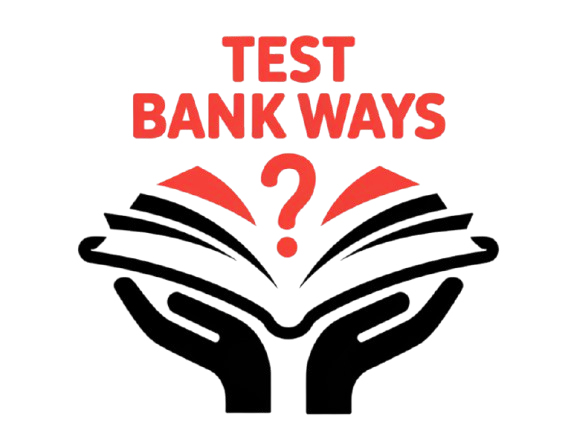
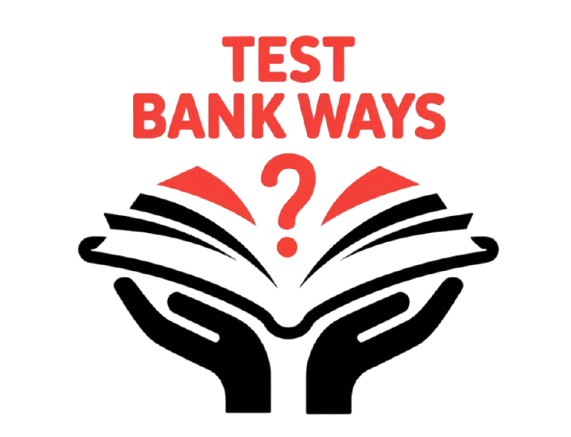
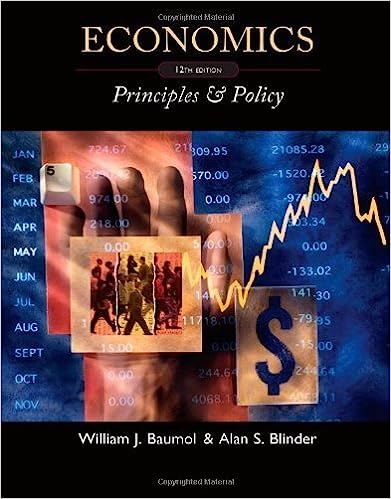

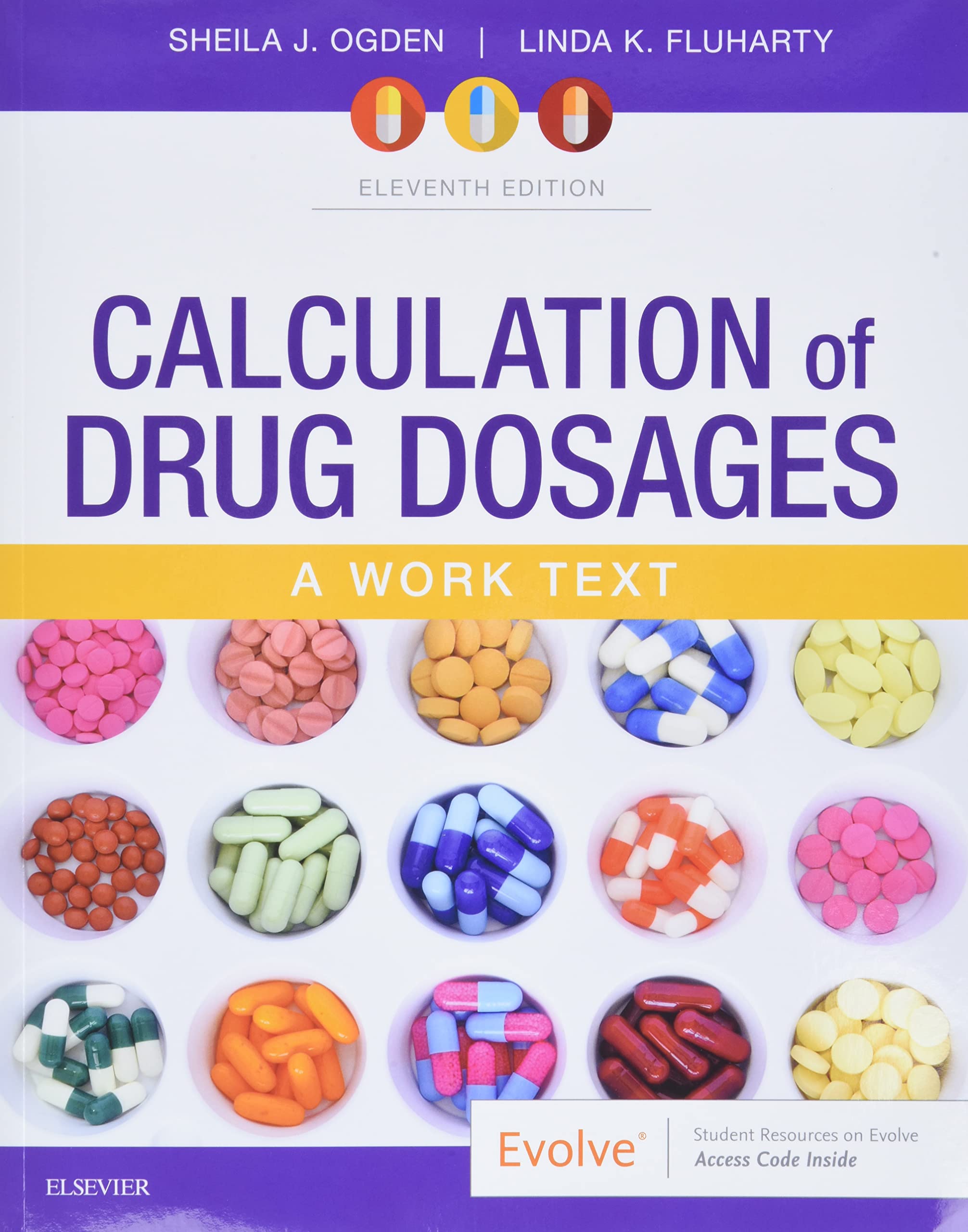



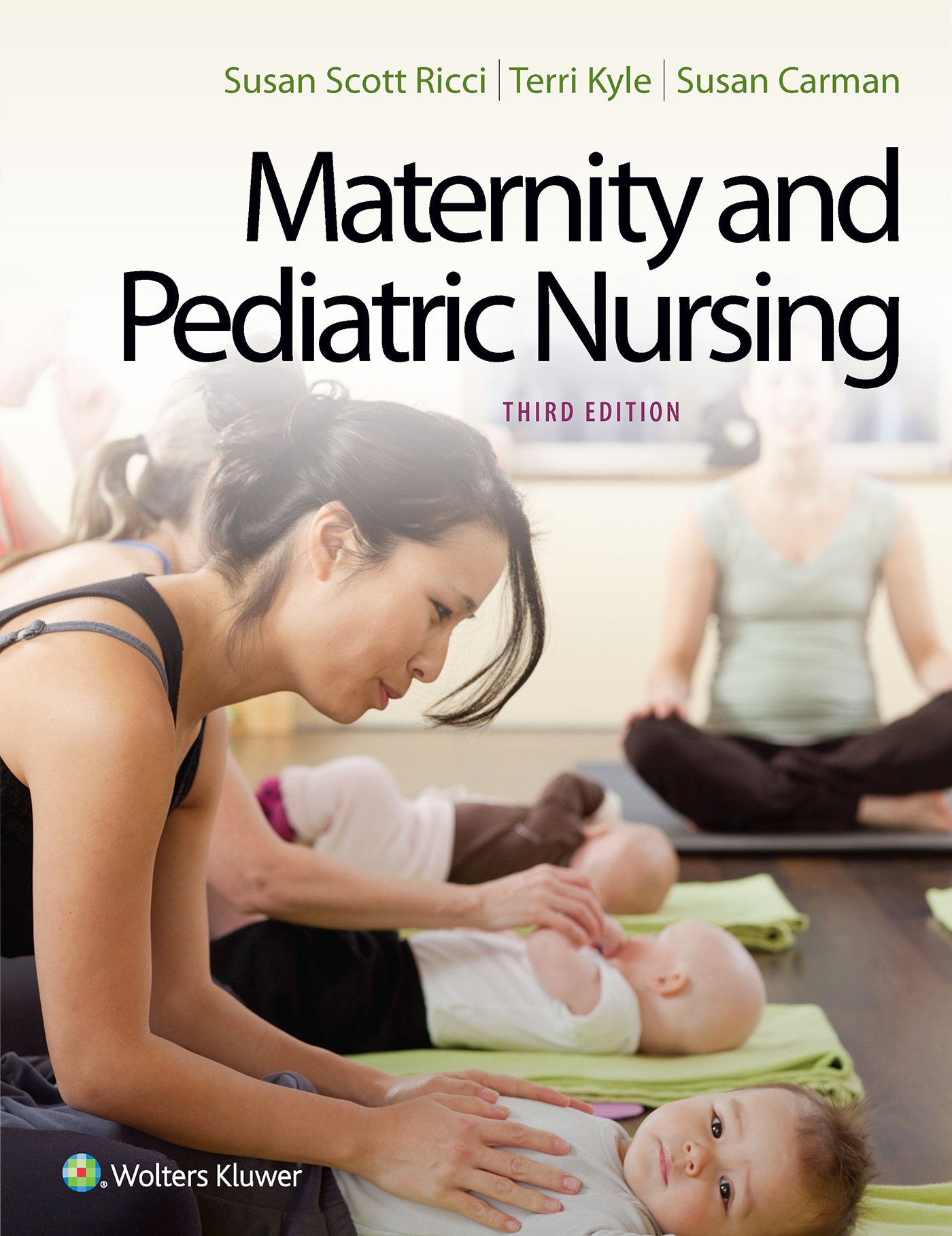
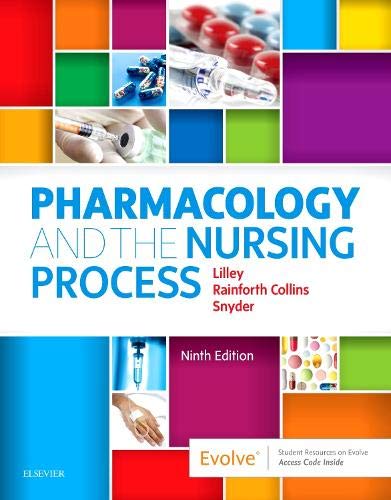

Reviews
There are no reviews yet.